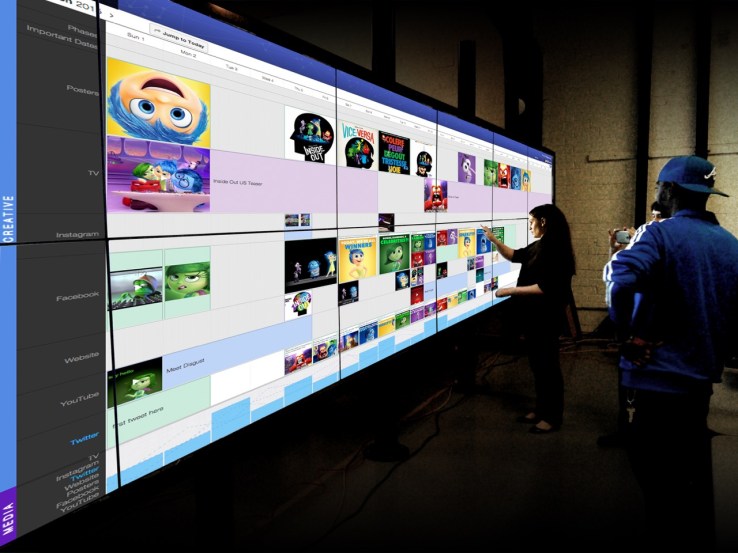Facebook has updated its metrics interface for videos, largely by popular demand from page owners and marketers using the platform. Facebook’s 1 billion registered users now watch 100 million hours of video every day (that’s 11 millennia of video content viewed every 24 hours!). While YouTube still reigns supreme as the dominant video platform on the internet, Facebook’s numbers are drastically growing. The vast social implications of the network make each of its video views and interactions worth different amounts than views on YouTube or other less social platforms.
Tracking the performance of video marketing on a dynamic platform with a complex network like Facebook can be tricky, and the latest batch of updates helps to make life easier for analysts.
What’s changed?
Total minutes watched
Facebook will now get even more detailed in what they report how videos are watched. Taking a page out of YouTube’s playbook, Facebook’s metrics now show how long users watch a video.
BENEFIT:
Previously, Facebook showed only the number of views, which didn’t fully take into consideration people who viewed half the video before navigating away. This fills in the blanks, and helps to illustrate exactly how valuable and in-depth each view is.
The 10-second view-count
Facebook will now show when a video is viewed past the 10-second mark. And for videos that clock in at under 10 seconds, a view will be counted when a user watches at least 97 percent of the clip.
BENEFIT:
When scrolling through the News Feed on Facebook, videos can easily make impressions on users, especially with autoplay enabled. But impressions are vague and passive, and don’t fully communicate any real value. Facebook can now segment your views, similarly to YouTube, and show info on what works and what doesn’t. Knowing which videos keep users’ attention the longest can help you fine-tune your production, with a focus on engaging and captivating your audience.
Advertisers will be able to take special advantage of this since Facebook announced last summer that they will only charge for ad views over 10 seconds.
Muted videos are now analyzed
Ever been surprised by how high your mobile data usage is in a given month? Facebook videos autoplay by default whenever they are visible on-screen. They play silently (users have to turn up the sound manually to hear the video), but views are logged as long as the video is playing. This is why Facebook metrics now give publishers information on how many people watched the video with the full sound versus those who chose not to enable sound.
BENEFITS:
While some people disable auto-playing videos on the mobile app (mostly to save on data), many users don’t change the default setting. Auto-played views from someone who hadn’t sought out and watched the video on purpose are not quite as meaningful as YouTube views, for example, which necessarily require more action to find and view.
Analyzing the number of sound-on views can help you weigh the value of each view more accurately by highlighting who watched your video with more intention.
Many users enjoy watching videos as they scroll through their News Feed, but often find it more convenient to listen without sound. Learning about the breakdown of your viewers can help you plan your videos. Topics including news, recipes, sports, lifestyle and short how-tos easily lend themselves to having text in the video so that viewers can watch in silence but understand pertinent points.
Not only can publishers get a more accurate snapshot of who is watching, and in what capacity, but this information about users’ patterns can also provide insight about who your viewers are and what marketing techniques work best for engaging them. Marketers are now better equipped to infer whether segments of their viewers are at work, at school, at home, on the go or more.
It’s safe to say that with this update, marketers will continue to increase their use of text and subtitles, as well as modify their videos to be even more reliant on visuals than sound. Head to the Video Metrics section of Page Insights on Facebook to begin digging deeper into your video metrics.
Improve your video marketing with Facebook"s new metrics







